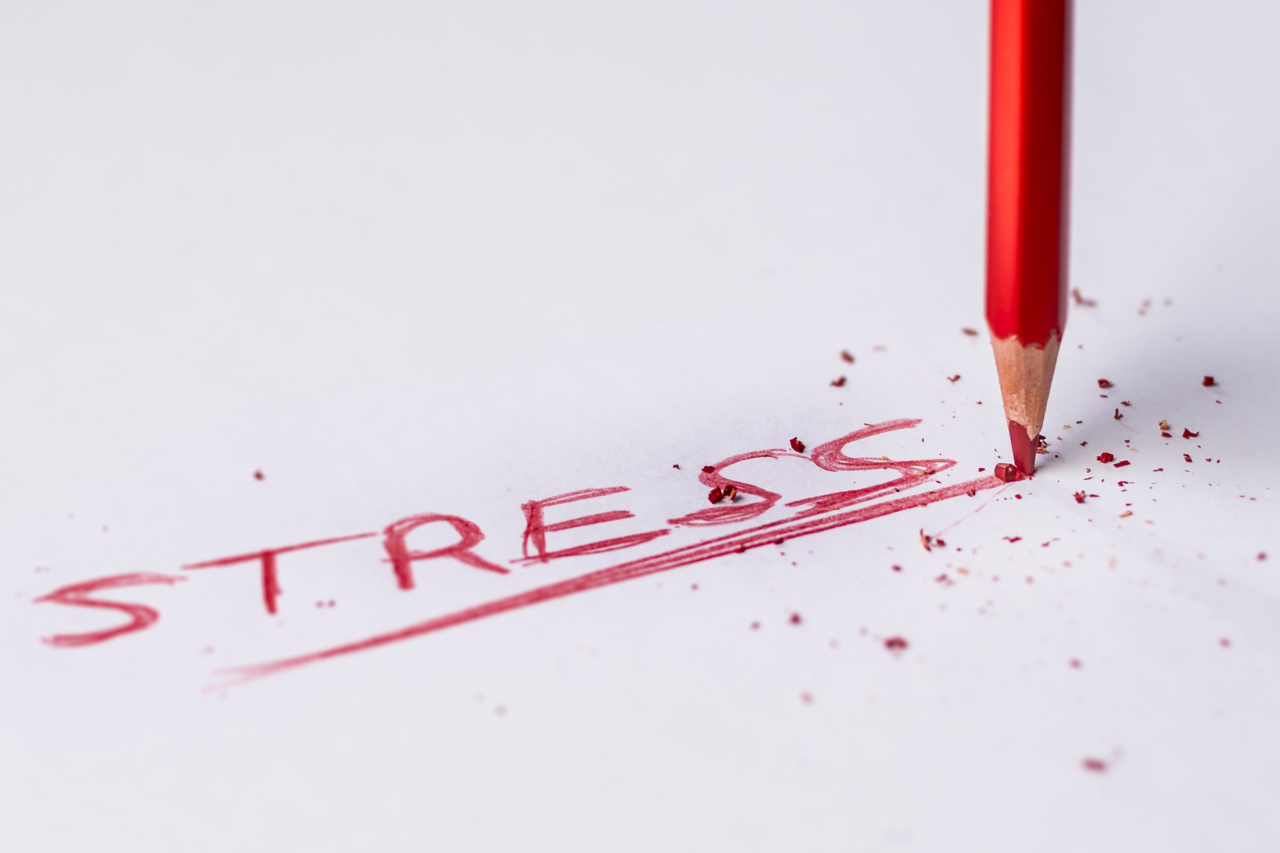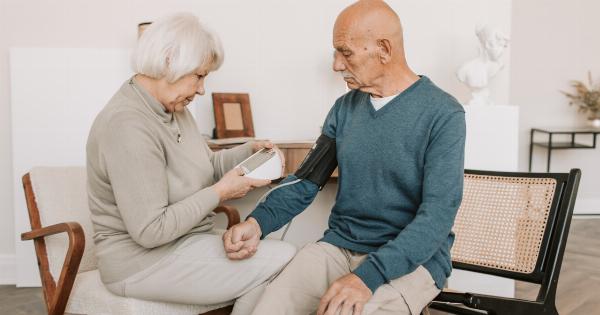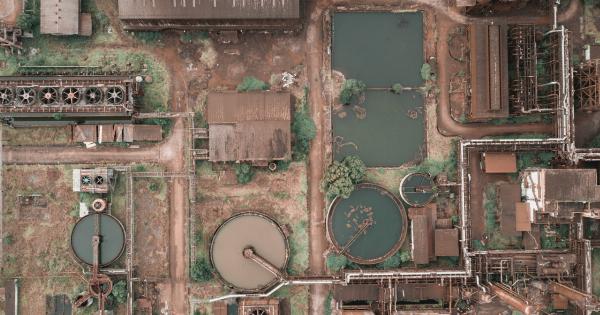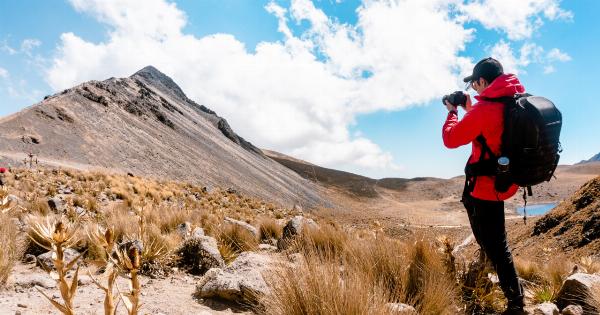Low blood pressure, also known as hypotension, can cause dizziness, fainting, and other health problems if not recognized and treated promptly.
In this article, we will discuss the signs that indicate low blood pressure and provide tips on how to manage the condition.
What is Low Blood Pressure?
Our blood pressure measures the force our blood exerts on the walls of our arteries as it flows through our circulatory system. A healthy blood pressure reading is around 120/80 mm Hg.
Hypotension is defined as a blood pressure reading of less than 90/60 mm Hg.
Signs and Symptoms of Low Blood Pressure
Here are the common signs and symptoms of low blood pressure:.
Dizziness or Lightheadedness
If you feel dizzy or lightheaded, it could be a sign of low blood pressure. These symptoms are caused by a lack of oxygen and blood supply to your brain.
Fainting or Losing Consciousness
People with low blood pressure may also experience fainting or losing consciousness. This happens when the blood pressure is too low to provide enough oxygen and nutrients to the brain.
Blurred Vision
Blurred vision can be another sign of low blood pressure. This occurs when the blood supply to your eyes is reduced.
Fatigue
Feeling unusually tired, weak, or fatigued can also be a sign of low blood pressure.
Sweating
Low blood pressure can cause sweating, especially during physical activity or in warm environments.
Rapid or Shallow Breathing
People with hypotension may experience rapid or shallow breathing. This can happen because the body is not getting enough oxygen.
Nausea or Vomiting
Some people with low blood pressure may experience nausea or vomiting. This happens because the digestive system is not getting enough blood supply.
Cold, Clammy Skin
If you have low blood pressure, your skin may feel cool, damp, or clammy to the touch. This happens because the blood vessels are constricting to try to raise the blood pressure.
How to Manage Low Blood Pressure
Here are some tips to manage low blood pressure:.
Stay Hydrated
Drinking plenty of water can help prevent hypotension. When your body is dehydrated, there is less fluid in your arteries, which can cause the blood pressure to drop.
Exercise Regularly
Regular exercise can help improve your blood pressure. Exercise helps strengthen your heart and blood vessels, which can improve blood flow and lower your risk of hypotension.
Monitor Your Medications
Some medications can cause hypotension as a side effect. If you are taking medications that lower your blood pressure, monitor your symptoms carefully and talk to your healthcare provider if you have concerns.
Eat a Balanced Diet
Eating a diet rich in whole grains, fruits, vegetables, and lean proteins can help prevent and manage hypotension. These foods provide essential nutrients that can help support healthy blood flow.
Avoid Standing Up Too Quickly
If you have hypotension, it is important to avoid standing up too quickly. This sudden change in position can cause your blood pressure to drop rapidly, leading to dizziness and fainting.
Conclusion
Low blood pressure can cause a range of symptoms, including dizziness, fainting, blurred vision, and cold, clammy skin. If you experience these symptoms, it is important to talk to your healthcare provider.
They can provide a proper diagnosis and treatment plan to manage your hypotension.




























